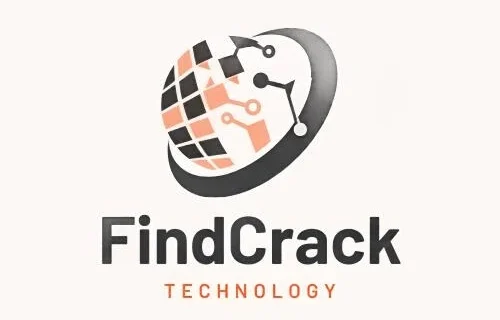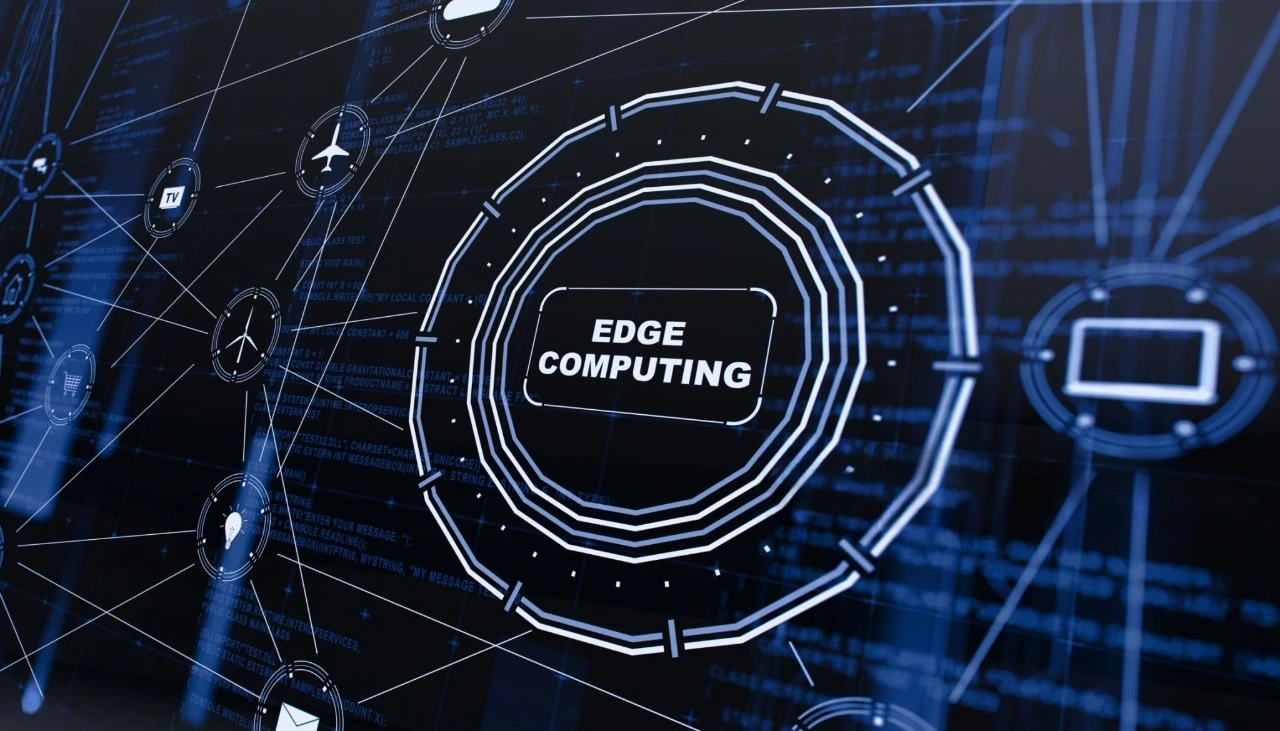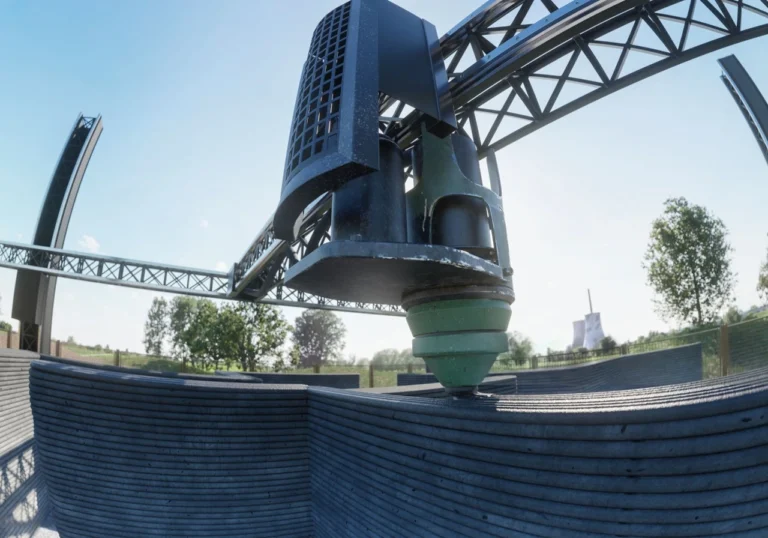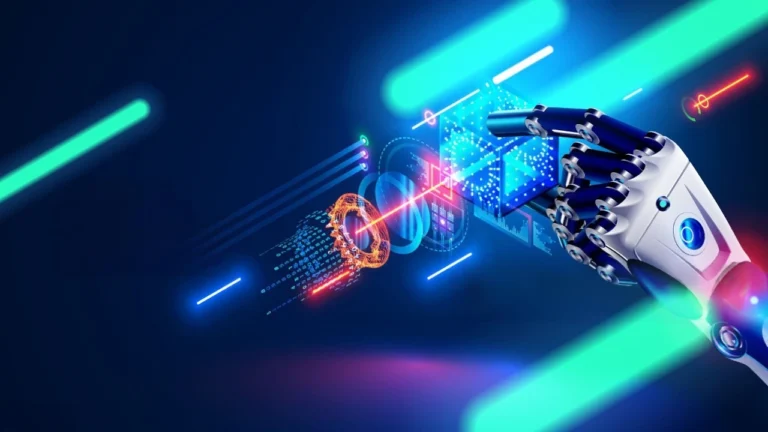Introduction
Smartphones, sensors, and Internet of Things (IoT) devices are constantly generating data. Cloud computing as we know it has trouble keeping up with the needs of the present. Edge computing is an answer because it processes data closer to where it comes from. The process speeds things up, cuts down on wait times, and saves energy. What disadvantages does edge computing have compared to cloud computing? Are you curious about how edge computing can benefit the environment or enhance AI? This article talks about the pros and cons of edge computing, how it works in mobile networks, and how it could change many businesses. We’ll talk about why edge computing is a big deal for technology and the environment, from T-Mobile’s new ideas to real-world uses.
What is Edge Computing?
Defining Edge Computing and Its Core Principles
Instead of using far away cloud servers, edge computing employs sensors or cellphones to process data close to where it comes from. Spreading out the model speeds up operations and saves data. Because of this, it’s perfect for jobs that need to happen in real time, like smart home systems or cars that drive themselves. Edge computing keeps data near to home, which increases privacy and makes networks less busy.
What Underlying Concept is Edge Computing Based On?
Decentralization is important for edge computing. It does not send data to centralized cloud data centers; instead, it handles information locally or at edge nodes that are close by. This approach cuts down on bandwidth use and latency, which is the time it takes for data to move. For instance, a smart factory can look at machine data right there, so choices can be made straight away without having to wait for the cloud.
Evolution of Edge Computing in the Digital Age
Edge computing grew as the number of IoT devices grew, putting too much stress on cloud systems. Gartner says that 75% of business data will be handled at the edge by 2025. Edge computing has grown even more with the rise of 5G networks. These networks make data processing faster and more reliable for uses like smart towns and telemedicine.
Edge Computing versus Cloud Computing
Edge Versus Cloud Computing: Key Differences
Edge computing and cloud computing both deal with data, but they are very different in important ways:
- Place: Edge handles data close to where it comes from, while cloud uses data centers that are far away.
- Latency: Edge has low latency, while cloud can have delays.
- Bandwidth: Edge needs less data transfer, while cloud needs more.
- Scalability: While the cloud excels in scaling, the edge’s local resources limit it.
These differences make edge ideal for real-time tasks and cloud better for large-scale analytics.
How Edge and Cloud Computing Complement Each Other
Edge computing and cloud computing work well together. The edge takes care of quick tasks, like filtering sensor data, and the cloud handles more complicated tasks like storage and analytics. Edge computing could be used to control traffic in real time, and cloud computing could be used for long-term planning of the city.
What Describes the Relationship Between Edge Computing and Cloud Computing?
Edge computing and cloud computing work well together. Edge brings cloud features to the edge of the network, letting rapid processing happen locally. The cloud lets you store data and make it easier to do more in-depth analyses. They work together to make a combination system that is fast and has enough space for a variety of uses.
Comparison Table
|
Aspect |
Edge Computing |
Cloud Computing |
|
Location |
Near data source |
Centralized data centers |
|
Latency |
Low |
Higher |
|
Bandwidth Usage |
Reduced |
Higher |
|
Scalability |
Limited by local resources |
Highly scalable |
|
Cost |
Higher upfront, lower ongoing |
Lower upfront, higher ongoing |
|
Security |
Enhanced for local data |
Depends on cloud provider’s security |
Technical Benefits of Edge Computing
How Does Edge Computing Reduce Latency for End Users?
Edge computing makes things go faster by processing data near where it is stored. For instance, edge computers handle the game logic in online games that are close to the players, which makes the games run faster. This functionality is really important for things like self-driving cars, when even a small delay could be deadly. Local processing speeds up replies, which makes the user experience better.
How Does Edge Computing Impact Real Time AI Applications?
Edge computing runs models on nearby devices, which makes real-time AI possible. Edge AI in security cams, for example, can find threats right away, without having to wait for the cloud to process them. This is very important for AI-driven apps like self-driving drones or smart manufacturing, where choices need to be made in milliseconds.
Which Situation Would Benefit the Most by Using Edge Computing?
Edge computing works best when data needs to be processed right away:
- Healthcare: Critical care patients can be watched in real time.
- Manufacturing: Predictive repair to keep machines from breaking down.
- In the transportation sector, self-driving cars quickly process sensor data.
- In retail, real-time data allow for tailored experiences for every customer.
since of this, edge computing is the greatest choice since it has low latency and great reliability.
Mobile Edge Computing (MEC)
Mobile Edge Computing Meaning
Mobile Edge Computation (MEC) is a method of extending cloud computation to the perimeters of mobile networks. It reduces latency and accelerates the execution of applications by processing data at adjacent nodes or cell phone base stations. MEC is a critical component of 5G, as it enables the operation of applications such as real-time video analytics and augmented reality with minimal to no latency.
Mobile Edge Computing Companies and T-Mobile Edge Computing
As an example, T-Mobile works with Google Cloud to provide 5G-powered edge solutions, such as interactive store displays (T-Mobile).
• AWS: Provides AWS Outposts for computers at the edge.
• Google Cloud: Offers Anthos for installations at the edge.
• Microsoft Azure: Gives you Azure Stack Edge to do work locally.
• Cisco: Uses Cisco Kinetic to power edge data.
T-Mobile’s edge computing efforts focus on low-latency 5G applications, which enhance business efficiency.
Applications of Mobile Edge Computing
Innovative apps can use MEC. For example, augmented reality uses real-time rendering to make experiences more real.
• Smart cities have traffic and safety tools that can process data right away.
• Industrial IoT monitors machines in real time to enhance their performance.
• Telemedicine: low-latency diagnosis from afar. MEC’s proximity to users makes it a cornerstone of 5G’s transformative potential.
Edge Computing and Sustainability
How Can Edge Computing Be Used to Improve Sustainability?
Edge computing makes things more sustainable by using less energy. Processing data locally cuts down on transmission, which saves energy. Ericsson estimates that in some circumstances, they can save up to 55% of energy.
• Using resources wisely: Edge devices use the least amount of electricity for some tasks.
• Less need for data centers: there is less need for data centers that use a lot of energy.
• Making Green Apps Possible: It works with smart grids and precision farming.
For example, edge computing makes irrigation better in farming, which consumes less water and energy.
Case Studies and Examples
Smart home edge devices use less energy because they can change how much power they use based on real-time data.
Smart Cities: Edge-driven traffic systems help reduce pollution and traffic jams.
Manufacturing: Predictive maintenance keeps resources from running out while machines are out for a long time.
These examples show how edge computing can make the world a better place in the future.
Implementing Edge Computing: Practical Considerations
Getting Started with Edge Computing
If you want to use edge computing, you need to find uses that require low latency, like IoT or real-time data.
Make your choice between hardware (like edge computers) and software (like AWS Outposts).
To make sure the deployment goes well, make sure you plan for protection and size.
Challenges in Adopting Edge Computing
Following are some of the main issues:
• Security: Making sure that threats don’t get through to distributed edge devices.
• Integration: Making sure that edge options work well with the current IT setup.
• Price: Hardware for the edge costs more at first.
Part of the answer is strong encryption and careful planning.
Tools and Technologies for Edge Computing
One of the most used tools is a cloud platform, such as AWS Outposts, Azure Stack Edge, or Google Cloud Anthos.
The hardware used in edge computing includes Intel edge computers and NVIDIA AI systems.
Open Source: Kubernetes for handling deployments at the edge.
Edge computing is easier to do with these tools.
The Future of Edge Computing
Edge computing is changing in new ways.
Edge AI means using AI models on your computer to quickly learn more.
• 5G Integration: This feature lets apps with low delay work, like AR and VR.
• Edge-Native Apps: These are pieces of software that were made to work in edge settings.
Edge Computing’s Role in Shaping Smart Ecosystems
In smart environments, edge computing makes things work:
Managing energy and traffic in real time is what smart cities do.
Healthcare: remote evaluation and care that is tailored to each person.
For instance, there are machines capable of autonomous operation and real-time management.
Predictions for Edge Computing’s Evolution
By 2030, edge computing could handle 75% of business info. AI, IoT, and smart environments will all get better as 5G grows. Such developments will change how we use technology.
Conclusion
Edge computing is changing technology by reducing latency, making AI better, and supporting green practices. Applications range from smart towns to mobile edge computing. T-Mobile and other companies that use 5G to make things possible are setting the standard. Tomorrow will be faster, cleaner, and smarter thanks to edge computing that gets better all the time. Find out what it can do today to stay ahead.



